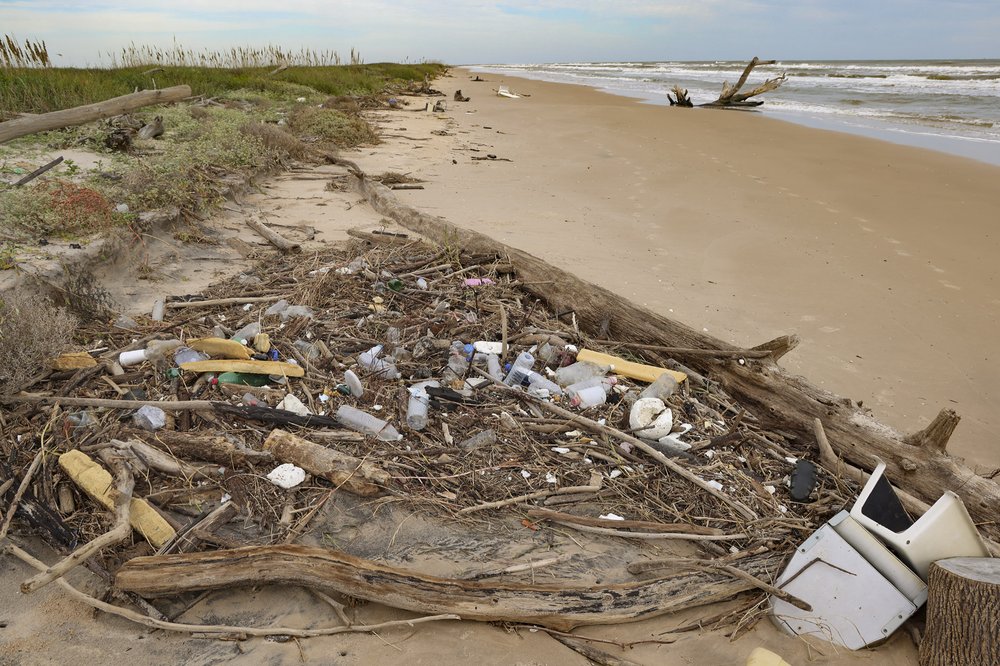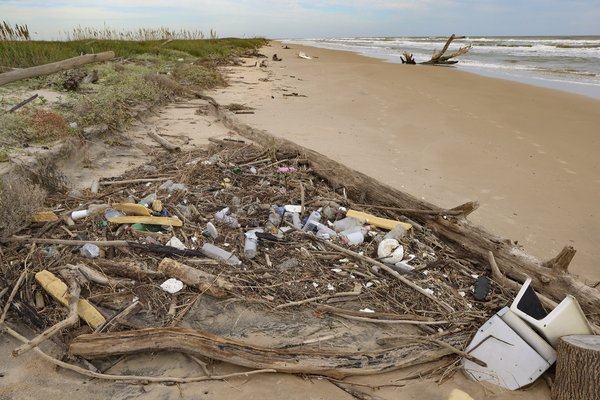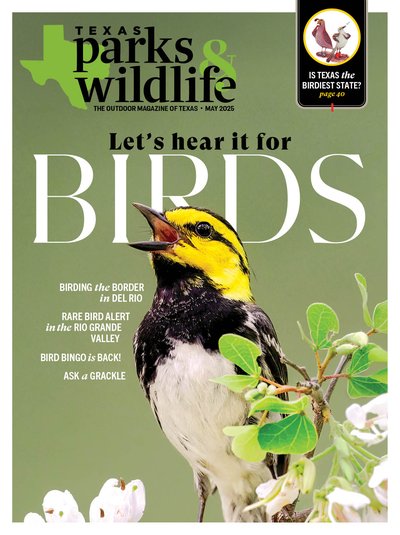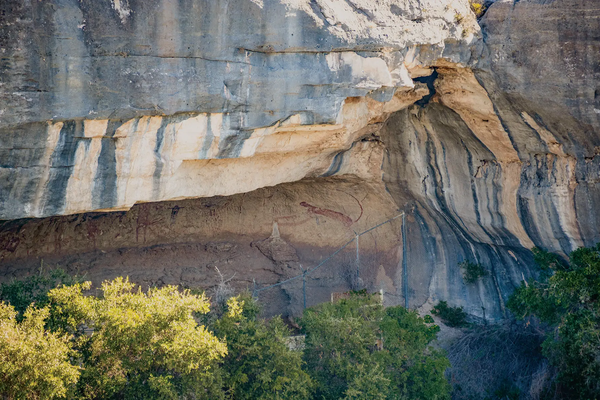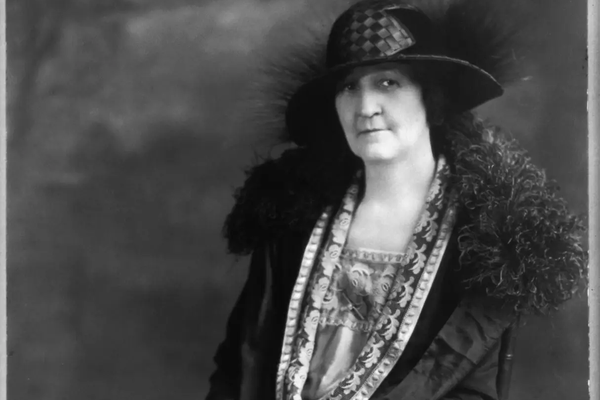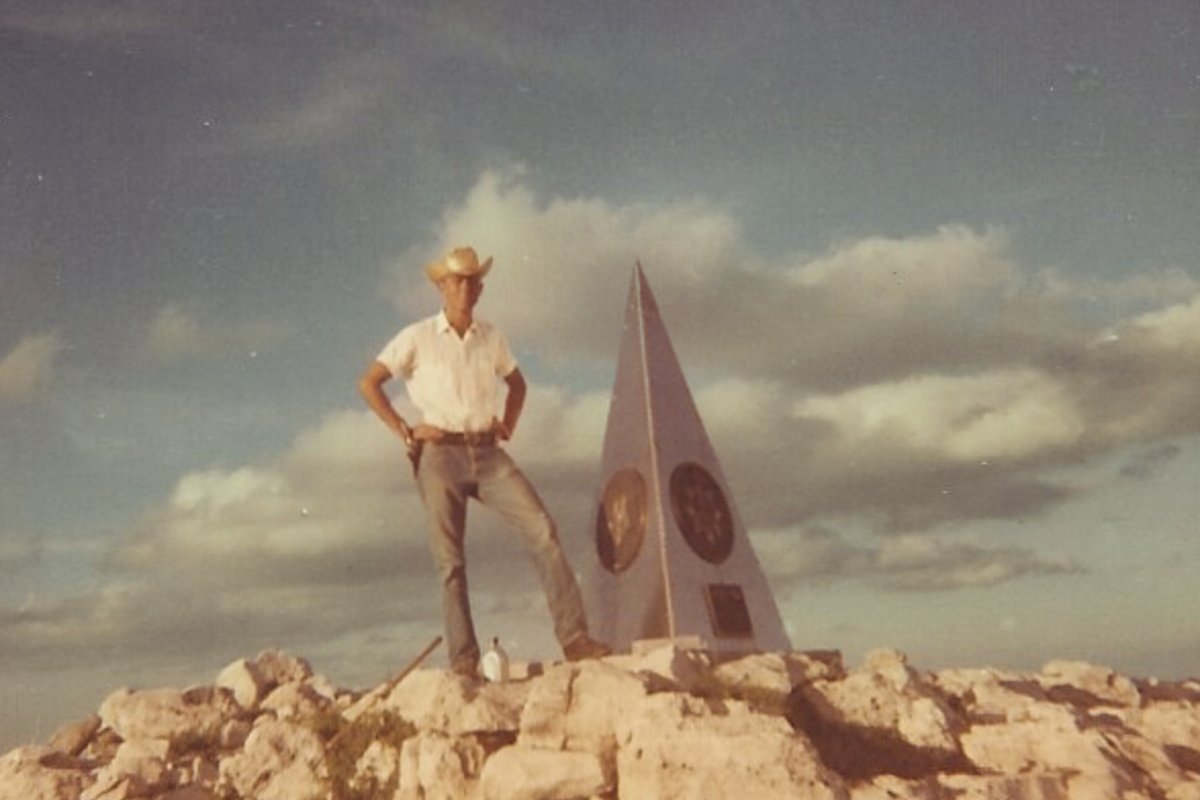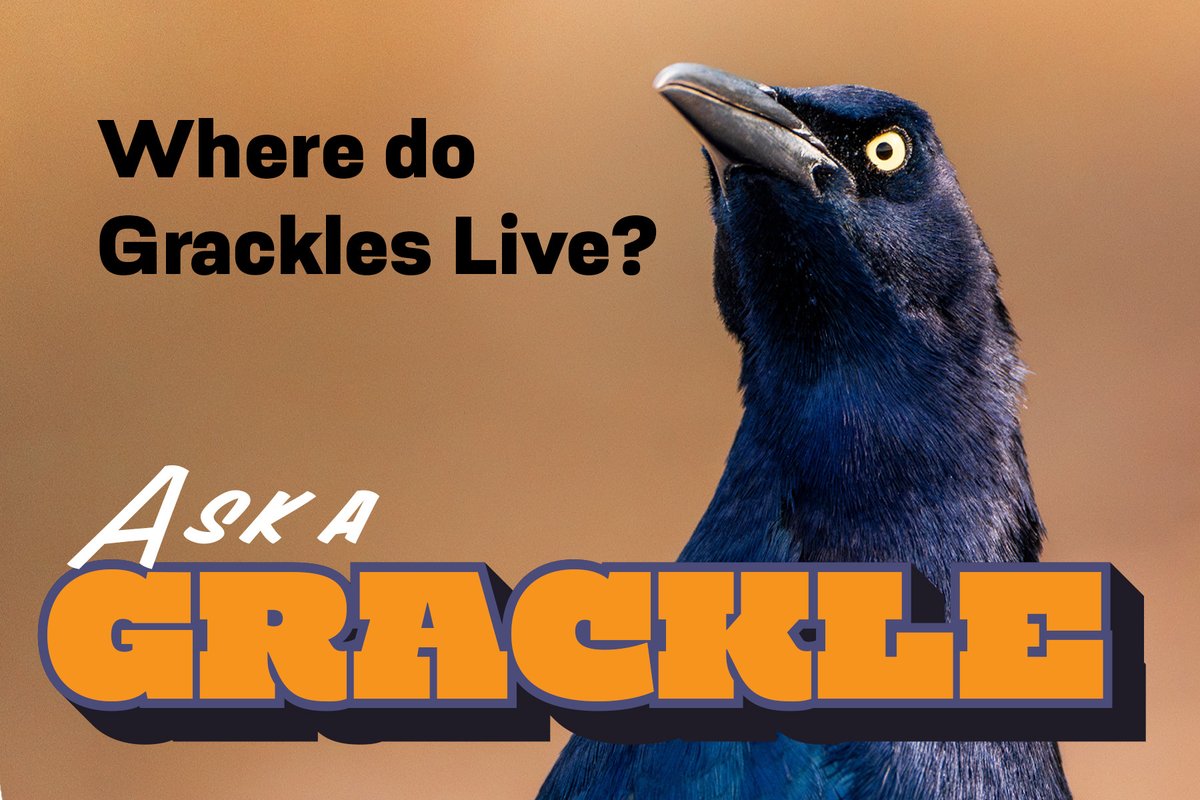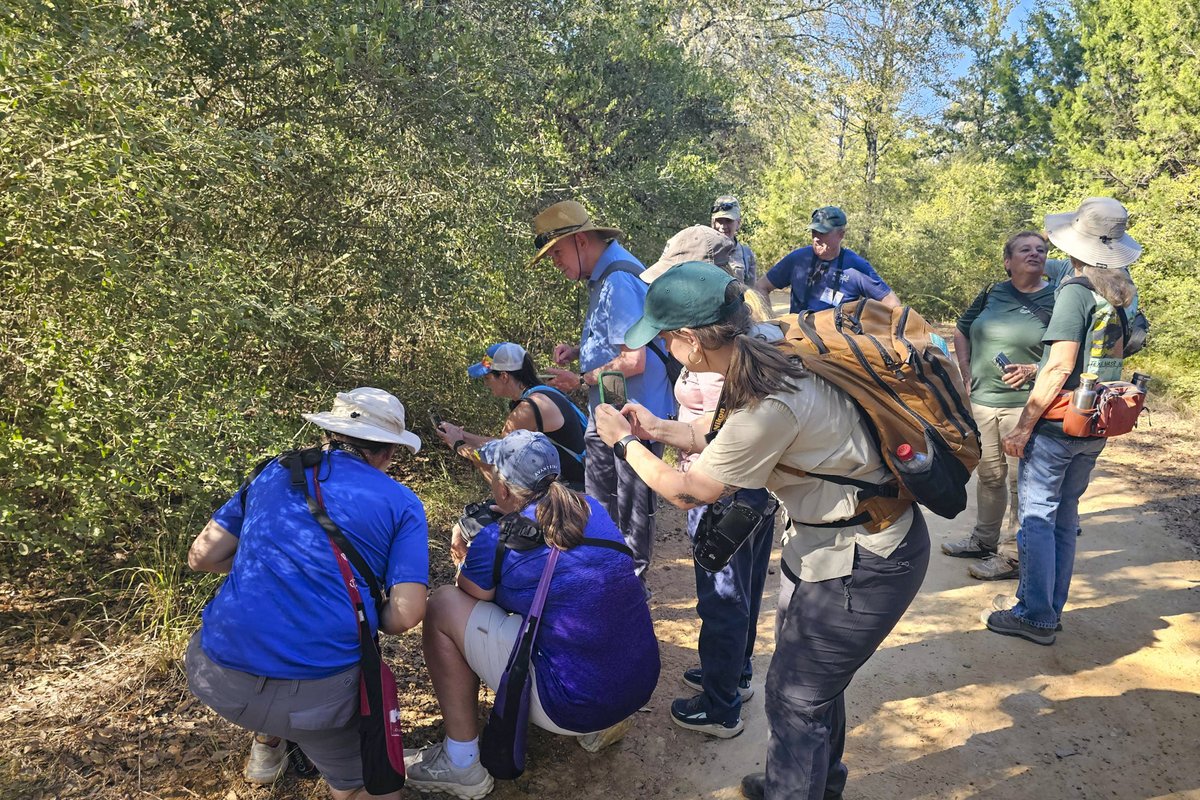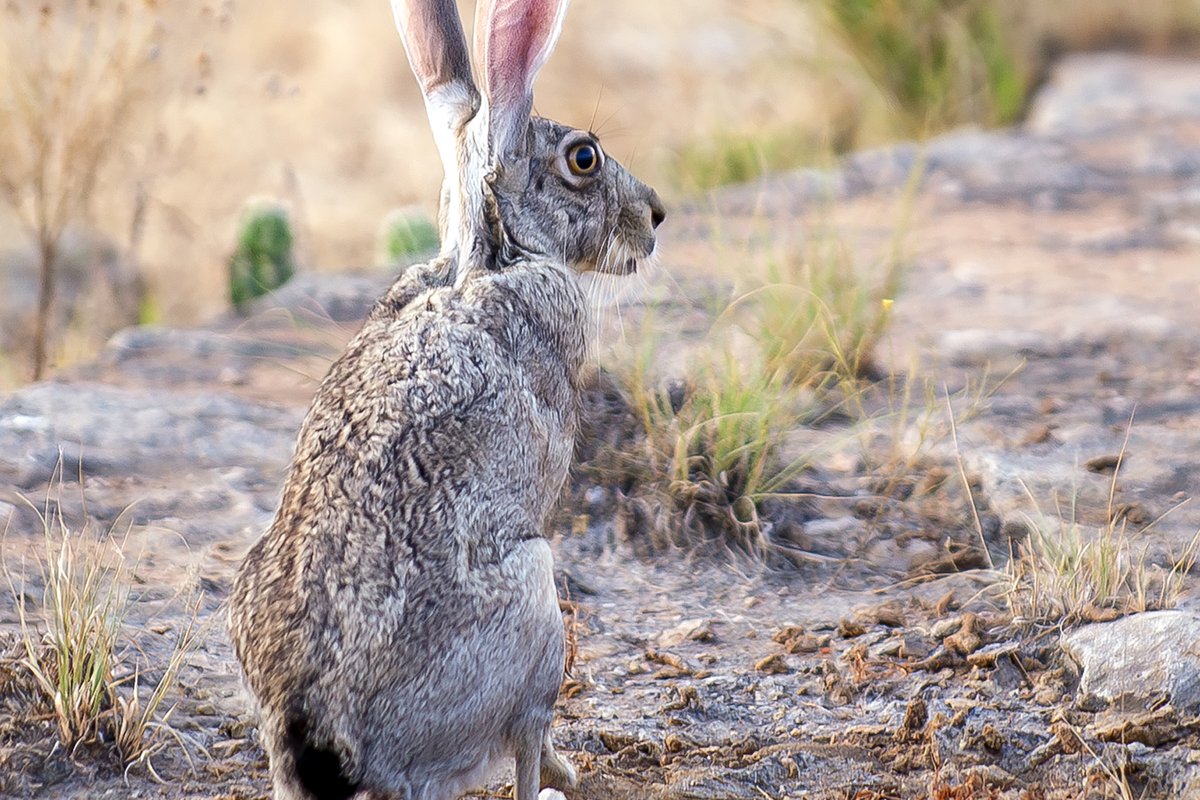El Paso may be a long way from the Texas coast - some 800 miles - but trash from the West Texas city can end up in the Gulf.
In fact, nearly every piece of litter in Texas could reach the coast, thanks to the fact that all the state's 30 million residents live in watersheds that ultimately drain into the Gulf. The litter carried by streams and rivers joins other trash brought to the coast on ocean currents.
The Gulf Trust wants to do something about it. “Marine debris is a global and a Gulf problem,” says Jay Kleberg, executive director. “Texas receives 10 times more trash on its beaches than any other Gulf state.”
The nonprofit and dozens of partners are planning Trash-Free Gulf presented by HEB's Our Texas Our Future, a campaign that includes cleanups across Texas and along the coast in May.
Keep Waco Beautiful, for example, plans multiple cleanups on the Brazos River and creeks that feed into it. “We care deeply about having a clean river,” says Executive Director Carole Fergusson, as the Brazos hosts water recreation, rowing regattas and triathlons. “We want to bring more awareness to our community that the things that fall in our streets end up in our rivers and, eventually, at the shoreline.”
The campaign encourages participating communities to record the type and volume of trash collected, Kleberg adds, or at a minimum to weigh it. Added to a Keep Texas Beautiful database, this information can guide efforts to address the root causes of the problem statewide and locally.
“Identifying what we pick up can help us understand the type of litter we are getting and where it is coming from, and to be more proactive about preventing it,” says Fergusson. Kleberg points out that an annual cleanup in San Antonio Bay has recorded 40,000 pieces of trash over the past five years, including 10,000 plastic bottles.
“Plastic bottles are something that everyone has seen on the ground,” he says. “You probably held one in your hand in the past week. Talking about making a choice to use a reusable bottle instead adds a preventative piece to the campaign.”
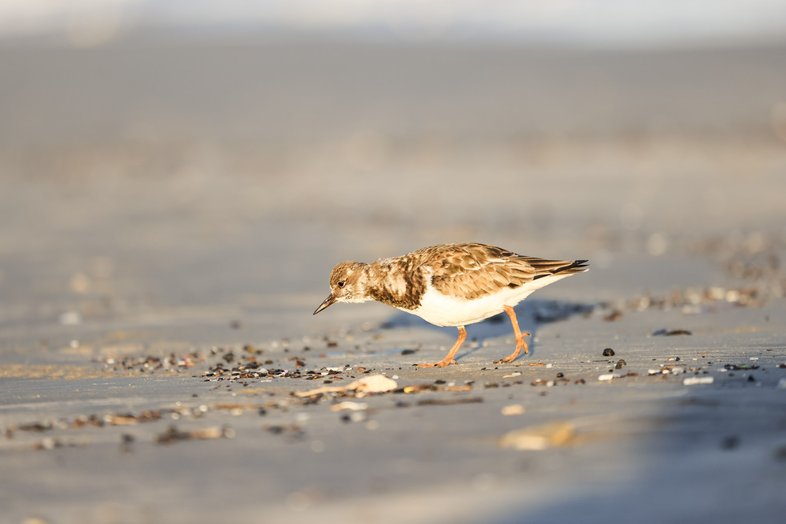
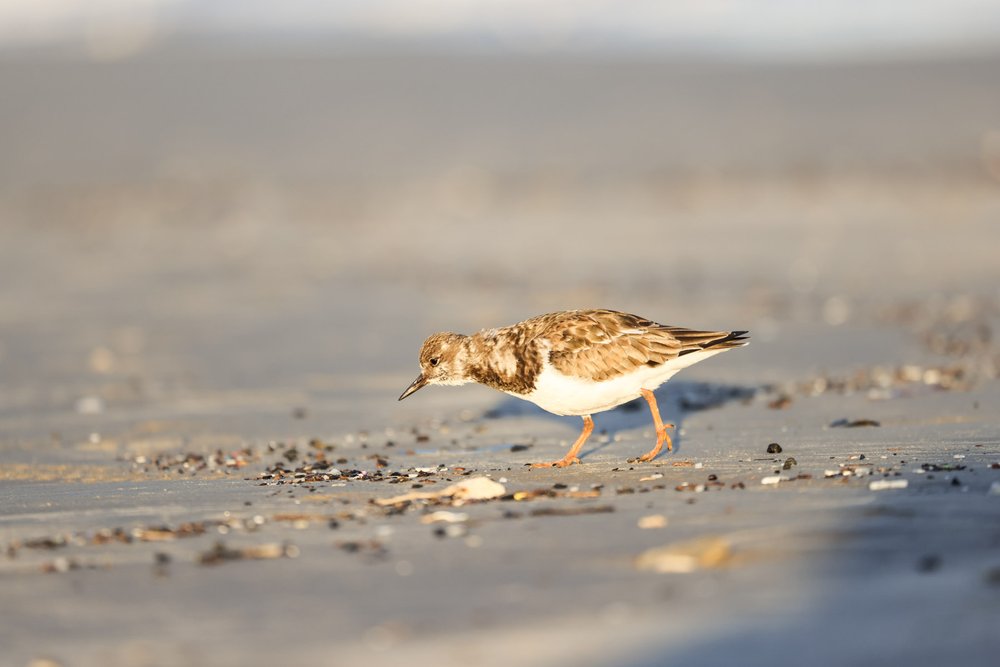
A shorebird searches for food in the sand.
A shorebird searches for food in the sand.
Trash-Free Gulf also aims to raise awareness of how trash affects natural habitats and wildlife in Texas. Jace Tunnell, director of community engagement at the Harte Research Institute at Texas A&M Corpus Christi, regularly finds plastic debris on Texas beaches with diamond-shaped holes in it - bites from fish and sea turtles.
“Animals don't know the difference between natural and not natural,” Tunnell says. “Sea turtles, seabirds, whales and other animals are eating plastic, and it can kill them.” There is growing evidence that plastic is ingested by creatures on land as well, including humans.
Humans are affected in other ways, too. People from all over the state - and beyond - visit the coast for recreation and relaxation; trash can spoil that day at the beach or on the water. Debris, especially plastic, can block drainage systems and create breeding grounds for mosquitoes.
“Trash-Free Gulf is a way to show inland Texans that they are connected through waterways to the Gulf,” says Tunnell. “We all have a role to play in reducing the amount of plastic we use and preventing trash from going into the ocean.”
One important step is moving from single-use plastics to reusable or 100 percent recyclable items like cloth bags, refillable water bottles and metal utensils.
“Ultimately, it might take a cultural shift in how Texans think about their connection to the Gulf,” Kleberg says. “We can collectively take responsibility and make more thoughtful decisions. Texans live in a coastal state, not just a state with a coast, and everything we do affects our shoreline. Just look at a map. You may only occasionally go to the coast, but through our waterways, you're connected to it almost no matter where you are.”
